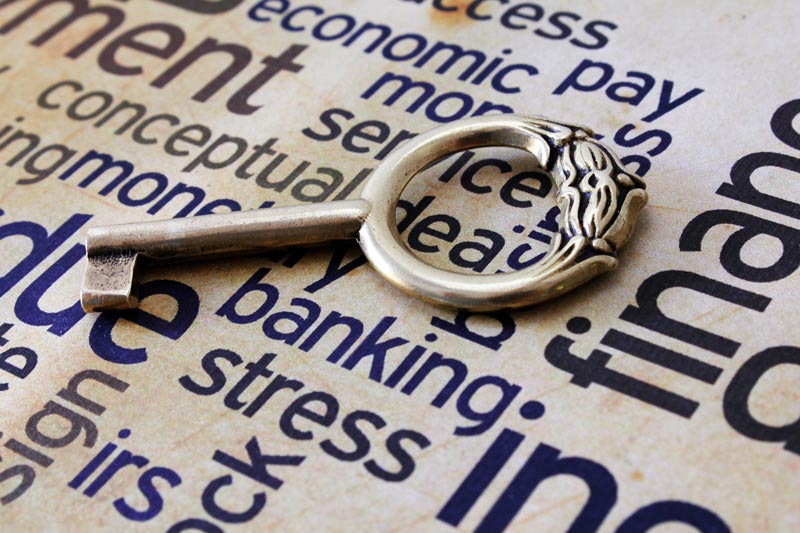From The St. Louis Fed On The Economy Blog.
Weak U.S. family balance sheets have driven more Americans to the “fringe” of the American banking system. But is this necessarily a bad thing?
The Federal Reserve’s Board of Governors recently released a shocking report showing that, if confronted with an unanticipated $400 expense, nearly half (44 percent) of Americans would have to sell something, borrow or simply not pay at all.1
Other surveys have been equally concerning:
- A survey from the Center for Financial Services Innovation (CFSI) showed that 57 percent of Americans lack financial health, including having high levels of debt, irregular incomes and insufficient savings.2
- And the Pew Charitable Trusts found that 70 percent of Americans are income constrained, debt challenged and/or savings limited.3
This balance sheet fragility, especially illiquidity, is fueling the demand among Americans—and clearly, as the above data suggest, among middle-class Americans—for “alternative” financial services, including those from payday lenders, auto title lenders, check cashers and the like.
But should we be too critical of their financial choices? Is patronizing an alternative provider necessarily a poor or irrational choice? And do we ban payday lenders and the like because of annual percentage rates that are often in excess of 300 percent?
A Conversation with Lisa Servon on Unbanking
I wrestled with these questions following a recent St. Louis Fed event titled “The Banking and Unbanking of America”—featuring Lisa Servon, author of The Unbanking of America: How the New Middle Class Survives—and I think the answer to these questions is no.
Servon wondered: If these services are so bad, why have check-cashing transactions grown 30 percent between 1990 and 2010 while payday lending transactions tripled between 2000 and 2010?
According to Servon, it turns out that banks (with a growing number of encouraging exceptions) haven’t been serving these customers well, including charging more and higher fees for account opening, maintenance and overdrafts. Meanwhile, struggling consumers are turning to alternative providers (as well as to community development credit unions) because they value:
- Greater transparency (with actual costs clearly displayed like signs in a fast-food restaurant)
- Better service (including convenient hours, locations and friendly, multilingual staff)
What I really liked is that Servon—an East Coast, Ivy League academic—didn’t just arrive at these conclusions by only reading reports and talking to experts. She actually became a teller at both a payday lender in Oakland, Calif., and a check casher in the South Bronx, N.Y.
Mapping Financial Choices
I also like that several of my Community Development colleagues here at the St. Louis Fed have embraced this community-driven understanding of financial decision-making as well through a “system dynamics” research study, which maps the actual factors that influence the financial choices consumers make.
Like Servon’s work, the forthcoming version of this study will focus less on the narrow “banked/unbanked” framework and more on the broader, CFSI-inspired idea of “financial health.”
Other Areas to Address
Beyond adopting the financial health framework, Servon also suggests rethinking the government/banking relationship and supporting smart regulation so financial innovation or risk taking can thrive with some protections.
Most importantly, in my view, she recommends addressing the macro problems—for example, flat or declining real wages, less full-time and stable employment, and weaker unions—that underlie the demand for the immediate cash that alternative providers offer so well, albeit not so cheaply.
But it’s also true that weak balance sheets—the micro—contribute to the macro problem: Strapped consumers just don’t spend as much. So, we really must address both.
Notes and References
1 “Report on the Economic Well-Being of U.S. Households in 2016.” Board of Governors of the Federal Reserve System, May 19, 2017.
2 Gutman, Aliza; Garon, Thea; Hogarth, Jeanne; and Schneider, Rachel. “Understanding and Improving Consumer Financial Health in America.” Center for Financial Services Innovation, March 24, 2015.
3 “The Precarious State of Family Balance Sheets.” The Pew Charitable Trusts, January 2015.
Author: By Ray Boshara, Senior Adviser and Director, Center for Household Financial Stability

